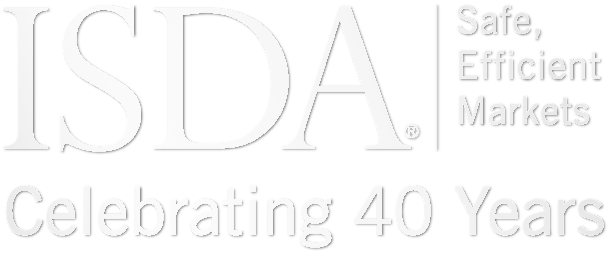Singapore is taking a number of steps to achieve its ambition of net-zero carbon emissions by approximately 2050, including the progressive raising of carbon taxes from 2024 and the launch of the Singapore Green Plan 2030, which sets sustainability targets to be achieved over the next 10 years.
The Monetary Authority of Singapore has complemented these initiatives by setting out a strategy to strengthen the resilience of the financial sector to environmental risks, and to position Singapore as a leading center for sustainable finance.
A number of financial products linked to environmental, social and governance (ESG) factors have emerged globally to help firms achieve their sustainability objectives and hedge climate risk. This includes sustainability-linked derivatives (SLDs), which embed a sustainability-linked cashflow in a derivatives structure and use key performance indicators (KPIs) to monitor compliance with ESG targets. However, it is necessary for users to understand how these instruments fit into existing regulatory regimes.
This paper focuses on the regulation of over-the-counter (OTC) derivatives in Singapore. The intention is to describe potential regulatory approaches to OTC SLDs and provide guidance to help market participants develop their own assessments.
Two categories of SLDs are covered in this paper:
• Category 1 SLDs: The KPIs and related cashflows are embedded within the derivatives transaction. An example of a Category 1 SLD is a cross-currency interest rate swap that provides additional payments, spread ratchets or a preferential exchange rate when a KPI is met.
• Category 2 SLDs: The KPIs and related cashflows are set out in a separate agreement that references underlying (generally vanilla) derivatives transactions for setting the reference amount to calculate the KPI-linked cashflow. The terms (including pricing) of the underlying transactions (which may include transactions with other affiliates of the parties) would generally not be affected. An example of a Category 2 SLD is an agreement to make a payment if a counterparty meets its KPIs, calculated as a percentage of the notional amount of unrelated, separately documented derivatives transactions.
Documents (1) for Regulatory Framework for Sustainability-linked Derivatives: Singapore Analysis
Latest
Response on ASIC Derivative Transaction Rules
On December 3, ISDA submitted a response to the Australian Securities and Investments Commission (ASIC) consultation on the remake of the ASIC Derivative Transaction Rules (Clearing) 2015, which are due to sunset on April 1, 2026. ASIC proposed to remake...
IRD Trading Activity Q3 2025
This report analyzes interest rate derivatives (IRD) trading activity reported in Europe. The analysis is based on transactions publicly reported by 30 European approved publication arrangements (APAs) and trading venues (TVs). Key highlights for the third quarter of 2025 include:...
Ardagh Credit Event Processing and Trading
The Credit Derivatives Determinations Committee announced on December 15 that a restructuring credit event has occurred with respect to Ardagh. An ISDA Credit Market Infrastructure Group call was held on December 15 to discuss the processing of this event. The...
Future Path - IQ December 2025
At the start of ISDA’s 40th anniversary year, IQ convened the pioneers of the association to reflect on how a desperate need for standardization in the early days of the derivatives market brought dealers together to develop a dictionary of...



